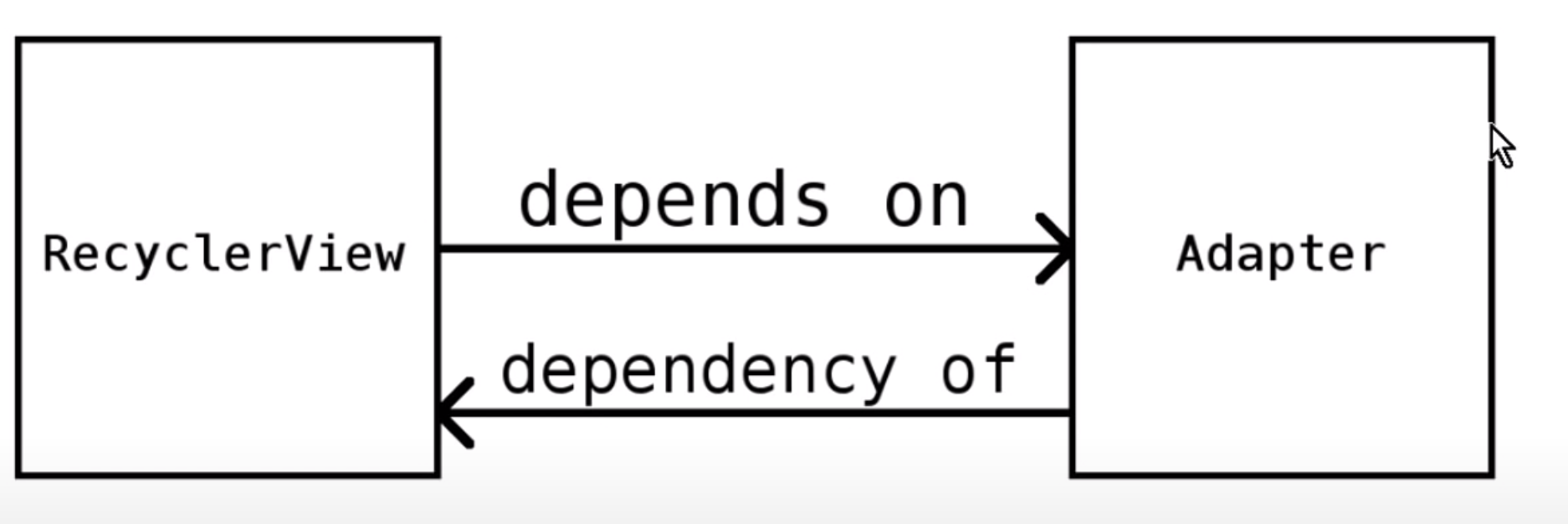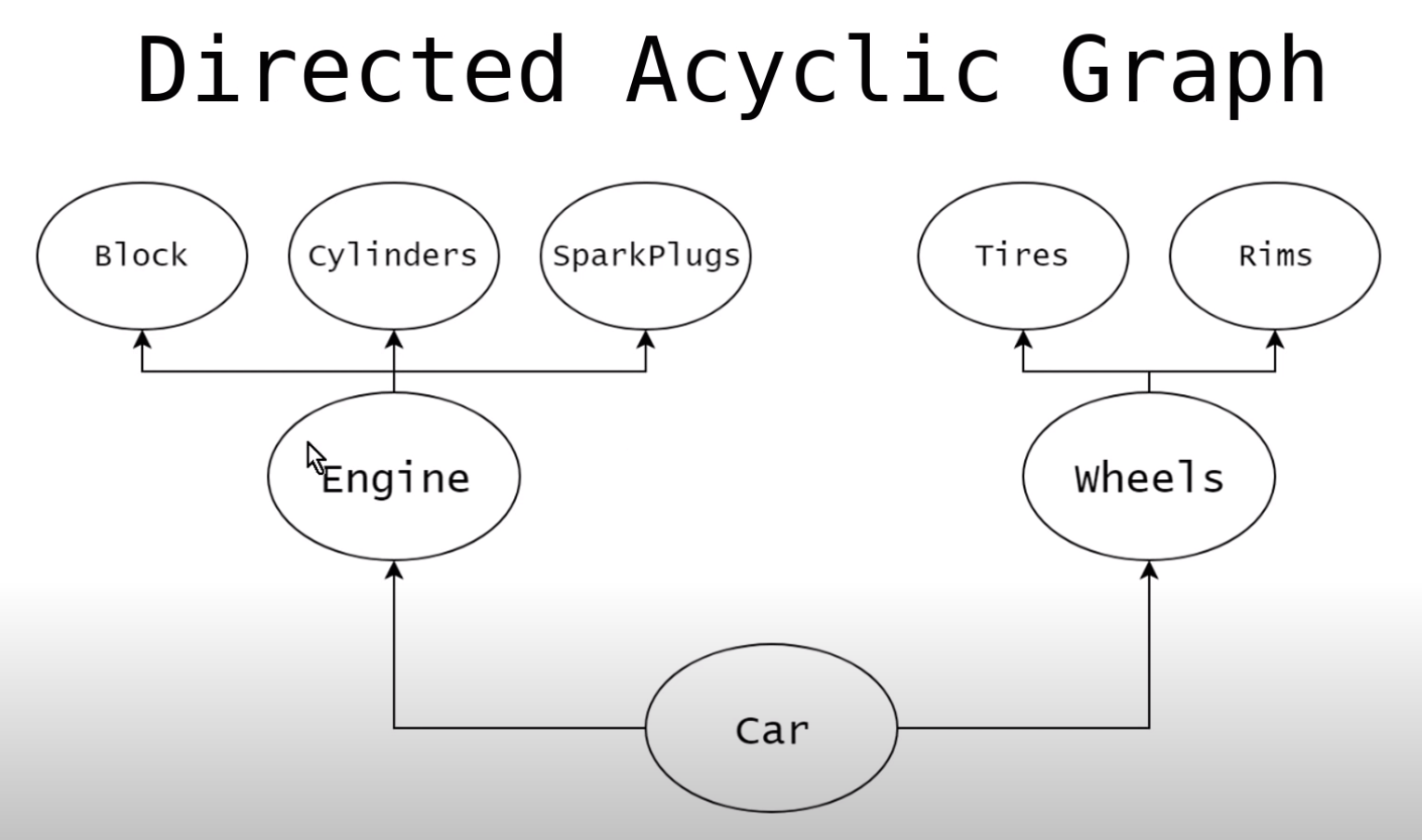Dependency Injection: Difference between revisions
| Line 81: | Line 81: | ||
So we can now put the theory into practice.Here is our Car class. | So we can now put the theory into practice.Here is our Car class. | ||
<syntaxhighlight lang="kotlin"> | <syntaxhighlight lang="kotlin"> | ||
class Car(private | class Car @Inject constructor(private var engine: Engine, private var wheels: Wheels) { | ||
private const val TAG = "Car" | |||
fun drive() { | |||
Log.d(TAG, "driving...") | |||
} | |||
} | } | ||
</syntaxhighlight> | |||
And the Wheel and Engine | |||
<syntaxhighlight lang="kotlin"> | |||
class Wheels @Inject constructor() | |||
class Engine @Inject constructor() | |||
</syntaxhighlight> | </syntaxhighlight> | ||
And an interface to allow us to get the Car | And an interface to allow us to get the Car | ||
| Line 100: | Line 103: | ||
} | } | ||
</syntaxhighlight> | </syntaxhighlight> | ||
Now we can create the Car with | |||
<syntaxhighlight lang="kotlin"> | |||
... | |||
private lateinit var car: Car | |||
... | |||
val component: CarComponent = DaggerCarComponent.create() | |||
car = component.getCar() | |||
car.drive() | |||
</syntaxhighlight> | |||
On Java the interface fails to compile with Missing/Binding however on Kotlin this is allowed. Clearly it would be ideal to identify issues in both. | |||
Revision as of 03:10, 1 February 2021
Introduction
Dependency Injection or DI is when we provides the things we need into another object.

Originally in OO is was thought better to hide the internal objects and create them inside the object.
class Car {
Engine engine
Wheels wheels;
Car() {
engine = new Engine()
wheels = new Wheels()
}
void drive() {
// chug chug
}
}
For Dependency Injection we can provide the prebuilt wheels and engine via the constructor
class Car {
Engine engine
Wheels wheels;
Car(Engine engine, Wheels wheels) {
this.engine = engine
this.wheels = wheels
}
void drive() {
// chug chug
}
}
Why Dagger?
So we taking our example above we can now do.
..
val engine = new Engine()
val wheels = new Wheels()
val car = new Car(engine, wheels)
..
Looks simple enough? Well lets add a few more parts
..
val block = new Block()
val cylinder = new Cylinder()
val rims = new Rims()
val engine = new Engine(block, cylinder)
val wheels = new Wheels(rims)
val car = new Car(engine, wheels)
..
Dagger exists to help manage the dependencies in terms of
- dependencies
- ordering
- construction
With dagger this becomes
val carComponent = DaggerCarComponent.create()
val car = component.getCar()
So here we have a Directed Acyclic Graph' of our car or DAG :)

Initial Project
So we can now put the theory into practice.Here is our Car class.
class Car @Inject constructor(private var engine: Engine, private var wheels: Wheels) {
private const val TAG = "Car"
fun drive() {
Log.d(TAG, "driving...")
}
}
And the Wheel and Engine
class Wheels @Inject constructor()
class Engine @Inject constructor()
And an interface to allow us to get the Car
@Component
interface CarComponent {
fun getCar() : Car
}
Now we can create the Car with
...
private lateinit var car: Car
...
val component: CarComponent = DaggerCarComponent.create()
car = component.getCar()
car.drive()
On Java the interface fails to compile with Missing/Binding however on Kotlin this is allowed. Clearly it would be ideal to identify issues in both.